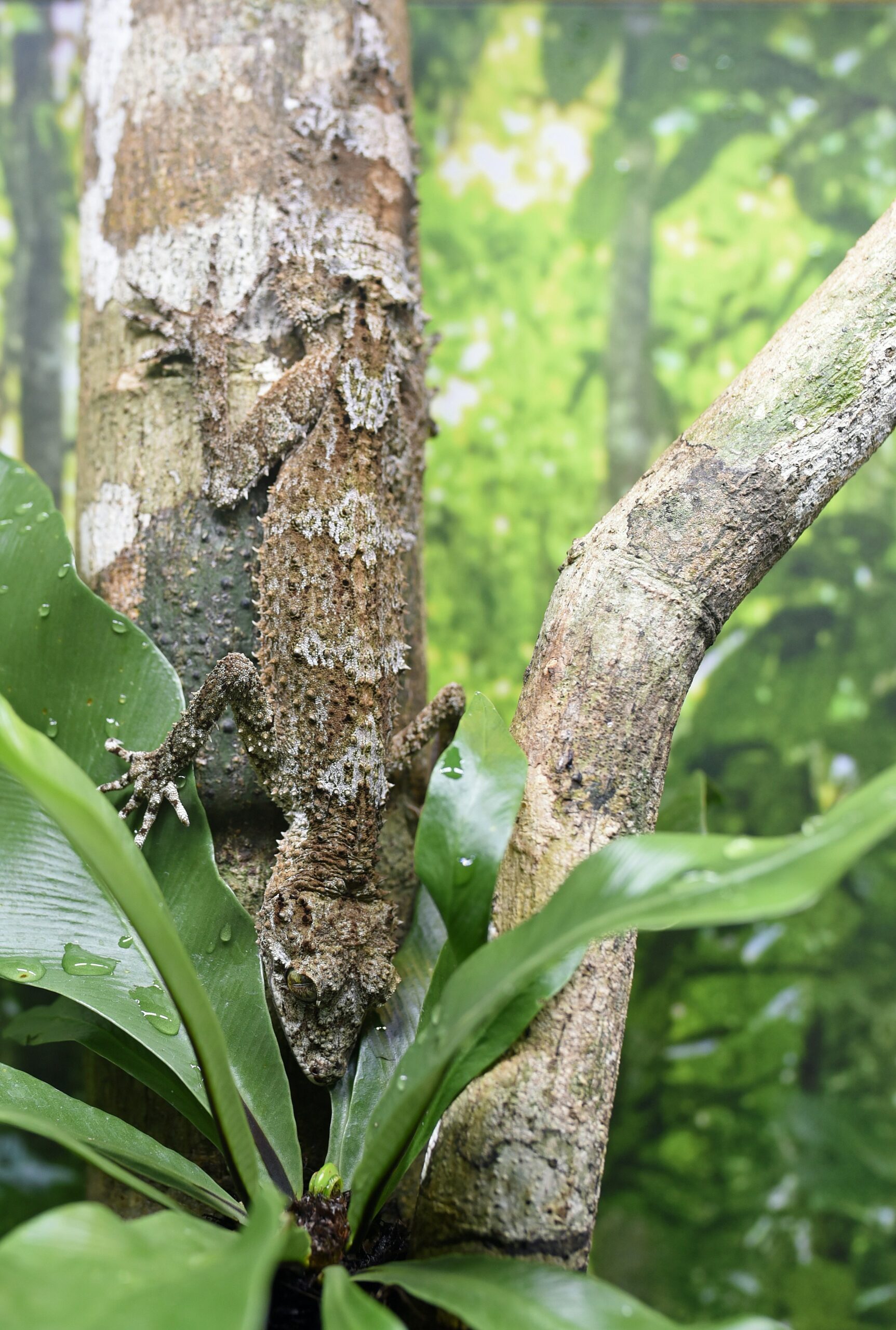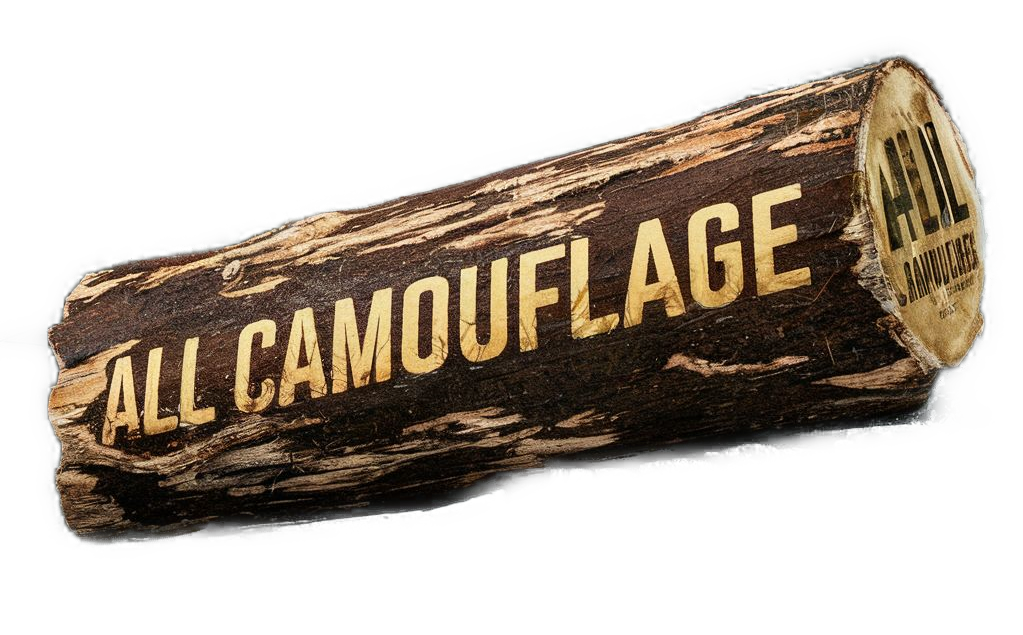Have you ever wondered how you might blend seamlessly into your natural surroundings, either for stealth camping or bushcraft? Imagine stepping into the woods and becoming one with the foliage, so your presence is virtually undetectable. It may sound like something out of a fantasy novel, but in the realms of stealth camping and bushcraft, specific camouflage gear can make this a reality. Whether you are an avid outdoor enthusiast aiming to camp unnoticed or a bushcraft expert wanting to hone your skills, having the right gear is pivotal.

Understanding Stealth Camping and Bushcraft
Before diving into the nuances of camouflaged gear, it’s key to understand what stealth camping and bushcraft are all about. You might already have an idea, but let’s dig a little deeper, shall we?
What is Stealth Camping?
Stealth camping is the practice of setting up camp discreetly. It often involves spending the night outdoors, commonly on unmarked or unofficial campgrounds without drawing attention to yourself. Stealth campers may do this for various reasons such as privacy, adventure, or necessity during long treks where official campsites are few and far between. The golden rule of stealth camping is to leave no trace, ensuring that you impact the environment as little as possible.
The Basics of Bushcraft
Bushcraft refers to the skills and knowledge required to thrive in natural settings. This includes crafting shelters from natural materials, foraging for edible plants, starting a fire without modern tools, and a myriad of other wilderness survival techniques. It’s all about connecting with nature and utilizing its resources effectively and sustainably.
So now that you’re a little more acquainted with what stealth camping and bushcraft entail, let’s focus on how camouflage comes into play.
The Importance of Camouflage in Stealth and Bushcraft
Why is camouflage such a big deal when it comes to these outdoor activities, you might ask? Well, it’s not about hiding from fellow adventurers or wildlife for fun; it’s about aligning yourself harmoniously with nature, respecting the environment, and being as unobtrusive as possible.
Why You Need Camouflage Gear
In stealth camping, for example, blending into your surroundings can help you stay out of sight from other hikers, wildlife, or even potential threats. In bushcraft, some camouflage can also assist with wildlife observation or photography, as animals are less likely to notice you if you blend into the habitat.
Camouflage and Conservation
Moreover, using camouflage gear aligns with the ethos of conservation. By minimizing your visible impact on the environment, you contribute significantly to preserving the beauty and integrity of the natural areas you explore. Isn’t it fascinating how something as simple as a well-chosen set of clothing can have such a positive impact?
Types of Camouflage Gear
There is a wide array of camouflage gear available, designed to aid you in your quest to become a part of the wilderness tapestry. Let’s break down some of these essential items, shall we?
Camouflage Clothing
When it comes to clothing, you have options galore. From jackets and pants to hats and gloves, wearing camouflage patterns helps you merge with the environment.
- Camouflage Jackets and Pants: Typically made from durable, weather-resistant materials. These are arguably the most vital pieces of gear for both warmth and concealment.
- Face Masks and Balaclavas: Covering your face can take your stealth game to the next level.
- Patterns: Consider the specific environment. Woodland, desert, arctic, or urban patterned gear caters tailored expertise to different terrains.
Camouflage Accessories
Sometimes, it’s the little things that make the most difference.
- Backpacks: A bright or contrasting backpack defeats the purpose of your camouflage clothing! Opt for packs in muted tones that blend with your surroundings.
- Tarps and Ground Sheets: Instead of brightly colored equipment, choose ones that match the natural colors around you.
Headgear and Gaiters
Keeping warm while maintaining your cover is essential.
- Hats: Wide-brimmed hats with camouflage patterns can keep both the sun and unwanted gazes away.
- Gaiters: They protect your lower legs and boots from debris while aiding in camouflage.
Choosing the Right Camouflage Patterns
When it comes to camouflage, the style you choose can largely depend on the specific type of environment you’re planning to explore. Your decision could vary from a dense forest to a snowy mountaintop.
| Terrain | Recommended Patterns |
|---|---|
| Woodland | Forest, Mossy Oak, Realtree |
| Grassland | Kryptek Highlander, Multicam Tropic |
| Desert | Coyote Tan, Desert Digital |
| Snowy Regions | Snow Camo, Arctic Patterns |
| Urban Areas | Urban Camo, Black and Gray |
Isn’t it intriguing how each pattern is tailored to deceive the eye based on the geographic location?

Essential Skills for Stealth and Bushcraft
While gear is crucial, knowing the fundamental skills is equally important for anyone serious about stealth camping and bushcraft.
Mastering Movement
Another vital aspect is how you move in the environment. A soft, slow, and deliberate movement often ensures you remain unnoticed. Quick or clumsy movements can easily startle wildlife or draw attention.
- Silent Walking: Learn to walk slowly, placing the outer edge of your foot down first, and rolling gradually onto the ball of the foot.
- Stillness: Sometimes, the best tactic is to simply freeze, much like a deer that hears a twig snap in the forest.
Using Natural Vegetation
Using the natural vegetation in your surroundings can aid significantly in your camouflage efforts.
- Natural Blind: Create a barricade out of leaves, branches, and other natural elements to obscure your camp.
- Mud and Charcoal: Cover exposed skin with mud or charcoal to break up your silhouette.
Perhaps you never considered how useful a bag of mud could be!
Building a Low-Impact Camp
The less impact you make, the better your stealth camping experience.
- Choosing a Spot: Select an inconspicuous spot that isn’t visible from main paths or trails.
- Creating Shelter: Use available natural materials as much as possible, reducing the need for conspicuous artificial structures.
Technology and Camouflage
It may surprise you, but even within the realm of ancient crafts comes cutting-edge innovation.
High-Tech Materials
Modern textiles now integrate advanced technologies for superior camouflage.
- Thermal Camouflage: Useful against infrared surveillance.
- Adaptive Camouflage: These materials change color to match the environment dynamically.
Apps and GPS
Of course, blending in with nature doesn’t mean you need to forgo all modern conveniences.
- Map Apps: Use for navigation and to find the perfect camping spot.
- Weather Apps: Forewarn you of any impending conditions that could affect your camouflaging plans.
While some purists argue against using technology, they can certainly aid in a safer and more informed outdoor experience.

Ethical Considerations
You’re probably already aware, but it’s always a good idea to emphasize the ethical side, too.
Respecting Wildlife and Nature
Remember, stealth doesn’t mean being sneaky in a harmful way. Instead, it’s about being a respectful observer, minimizing your footprint, and interacting benignly with the environment.
- Leave No Trace: Cart out all waste, and leave the land as you found it.
- Wildlife Interactions: Avoid interfering or frightening animals.
Laws and Regulations
Last but not least, always be aware of local laws regarding camping and the carrying of specific gear.
- Permission: Ensure that private landowners or local authorities permit camping.
- Legal Boundaries: Be conscious of where stealth camping or bush-crafting is legally permitted.
Is it surprising how much our outdoor activities can impact the broader ecosystem?
Tips and Tricks for Successful Camouflaging
You’ve got your gear and skills, but what’s a secret or two to mastering stealth out in bushland?
Blending with the Environment
- Color Matching: Ensure the color of your gear and clothing doesn’t starkly contrast with the surroundings.
- Using Shadows: Settle in a spot with natural shadows for better concealment.
Timing Your Activities
- Dawn and Dusk: These are the best times to set up or take down your camp as visibility is low.
Who knew timing your activities could be such a game-changer in remaining unseen?
Real-Life Stories and Lessons Learned
No article is complete without hearing from those who’ve spent countless nights under the forest canopy, learning the true art of becoming one with their surroundings.
Tales from the Bush
Many seasoned bushcrafters will tell you their journey to mastering camouflage involved trial, and maybe some comical errors. From setting up camp under the wrong tree to discovering raccoons have a keen eye for camouflage-clad snacks, the woods have much to teach if we’re willing to learn.
Advice from the Veterans
Listen to those who have walked the path before you. Their advice could save you from unnecessary blunders or enrich your experience with insights only time and practice can provide.
Conclusion: Your Stealthy Adventure Awaits
Armed with knowledge, you’re now ready to embrace the wilderness with confidence and respect. Whether for camping in splendid isolation or honing your survival skills, camouflaging is as much an art as it is a science. Balance is key. Apply your skills with care and consideration, learning from each experience while staying humble to nature’s wonders.
Are you excited to take everything you’ve learned and embark on your own stealth camping or bushcraft adventure? Embrace the unknown and the serene beauty of blending quietly into nature’s backdrop. Remember, while gear is a great ally, your best tool will always be your awareness and respect for the great outdoors.

